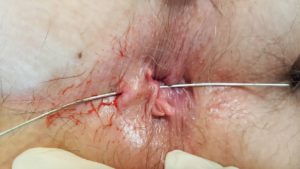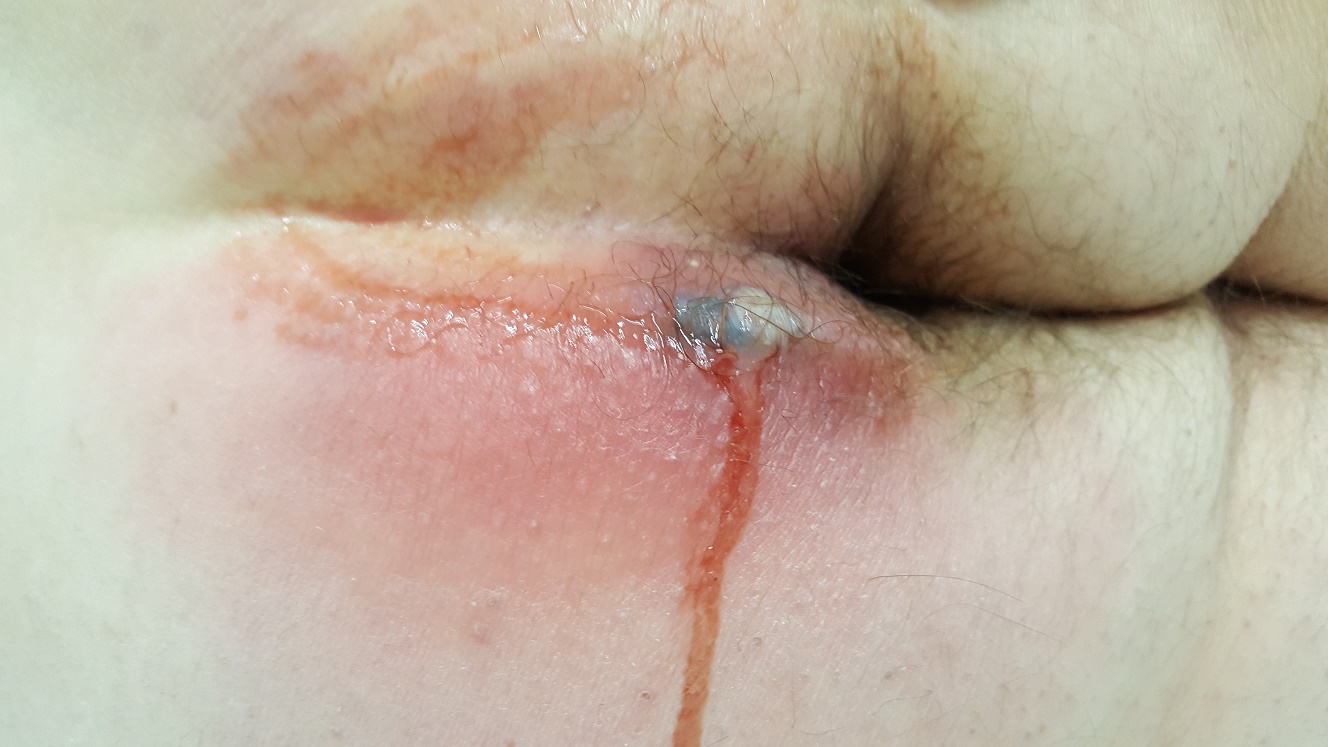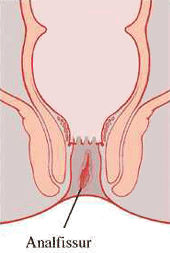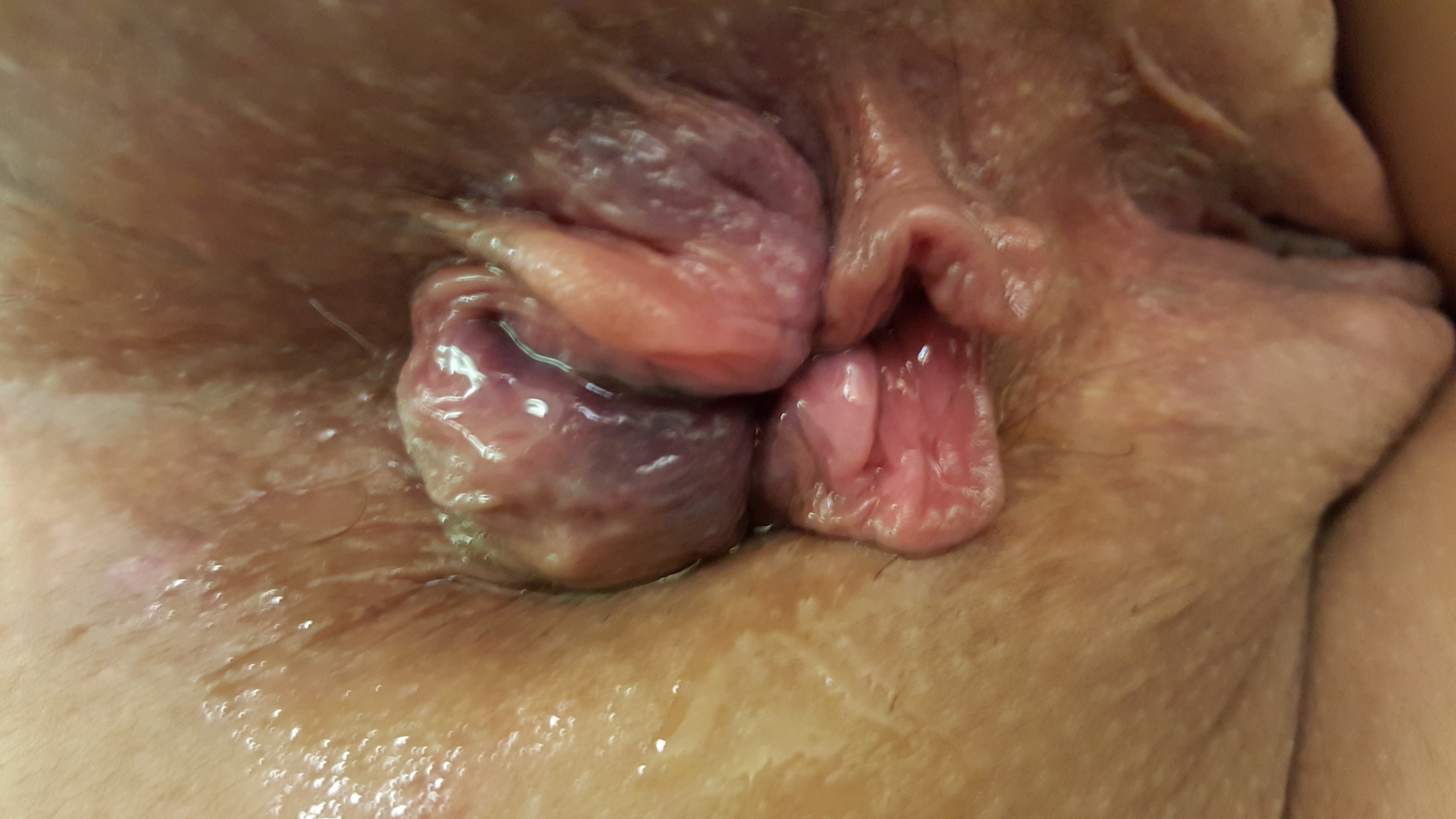Proctology Clinic
Welcome to the home page of Vienna based colorectal and gastroenterological practice clinic which offers the latest diagnostic and therapeutic services to patients who suffer from disorders of the colon (bowel), rectum and anus, including robotic colorectal surgery under the supervision of Prof. Dr Michael Bergmann and Prof. Dr. Thomas Bachleitner-Hofmann at the University Clinic in Vienna.
The practice has a growing group of patients based around Vienna and internationally. National and Privately Health insured and self-paying patients are all welcomed at the Clinic.
Proctology is the treatment of diseases relating to the colon, rectum and anus. The colon being the large intestine, while the rectum is the final section of the large intestine, terminating with the anal canal and the anus .
Diseases and disorders of this part of the digestive system can very often be extremely annoying, painful and cumbersome but successful most often minimal-invasive treatment is at hand.

Anal Bleeding
An anal fissure is a small tear of the skin of the anus. Although the tear is small, it can be very painful because the anus is very sensitive. The pain tends to be worse when you pass stools or bowel motions and for an hour following bowel movement. Often an anal fissure will bleed a little. You may notice blood after you pass faeces. The blood is usually bright red, stains the toilet tissue, but soon stops. Anal fissures are common in both adults and children. They are not usually serious, but they are sore and can be distressing, particularly for children.

Anal Pain
Anal pain – proctalgia – refers to any pain in and around the anus or rectum. It is a burning or gnawing pain that can go on for several hours after you’ve been to the toilet. In some cases, you may experience a severe, sharp pain when you poo
It is the symptom of a number of possible conditions, including:
• Anal fissure
• incarcerated prolapsed internal haemorrhoids
• Anal abscess•
Anal Thrombosis

Anal Fistula
An anal fistula is a connection between the rectum or anal canal in the anus to a superficial opening on the skin around the anus. This is often the sequel following an anal abscess which itself is extremely painful. Symptoms of a fistula seldom include pain but mostly swelling around the anus, recurrent putrid discharge and underwear soiling.

Anal Abscess
A perianal abscess is a type of anorectal abscess that is confined to the perianal space. Perianal abscesses are thought to develop from the glands surrounding the anus or following fissures. Glands may plug up, usually leading to bacterial infection, filling with pus, and bursting inward, affecting the spaces around the rectum and anus. The anal abscess may enlarge, causing pain, fever, and difficulty with bowel movements. Certain people are more likely to develop perirectal and perianal abscesses, like diabetics, chronic bowel disease, or under cortison treatment

Anal Fissure
An anal fissure is a small tear of the skin of the anus. Although the tear is small, it can be very painful because the anus is very sensitive. The pain tends to be worse when you pass stools or bowel motions and for an hour following bowel movement. Often an anal fissure will bleed a little. You may notice blood after you pass faeces. The blood is usually bright red, stains the toilet tissue, but soon stops. Anal fissures are common in both adults and children. They are not usually serious, but they are sore and can be distressing.

Pilonidal Disease
Pilondial Disease is a chronic skin infection in the crease between the buttocks that causes cysts that can become inflamed and infected. A pilonidal cyst may resemble a dimple – sometimes referred to as a sinus. The condition does not always cause symptoms unless it becomes infected in which case there may be pain, swelling and a possible abscess. Read on ....

Anal Fissure
An anal fissure is a small tear of the skin of the anus. Although the tear is small, it can be very painful because the anus is very sensitive. The pain tends to be worse when you pass stools or bowel motions and for an hour following bowel movement. Often an anal fissure will bleed a little. You may notice blood after you pass faeces. The blood is usually bright red, stains the toilet tissue, but soon stops. Anal fissures are common in both adults and children. They are not usually serious, but they are sore and can be distressing.

Pilonidal Disease
Pilondial Disease is a chronic skin infection in the crease between the buttocks that causes cysts that can become inflamed and infected. A pilonidal cyst may resemble a dimple – sometimes referred to as a sinus. The condition does not always cause symptoms unless it becomes infected in which case there may be pain, swelling and a possible abscess. Read on ....

Anal Warts
Genital warts (including anal warts) are a sexually transmitted infection that can be passed on through vaginal, anal and sometimes oral sex. They are caused by the Human Papilloma Virus. Anal warts affect the area around and inside the anus. They start off small but can grow up to several inches in length. In most cases they don’t cause pain or discomfort although they might itch and bleed if they grow large enough.

Haemorrhoids
Internal haemorrhoids can be referred to as varices of the anus. Nearly every patient visiting our clinic with anal problems comes in complaining of "haemorrhoids". They are often assigned blame for anal fissures and itching, perianal dermititis, anal warts, fistula in ano and incontinence. Not surprisingly, only a minor percentage of these complaints are actually due to haemorrhoids. It is essential, therefore, that treatment options are only undertaken if they are truly symptomatic. The mere presence of haemorrhoids is not an indication for any therapeutic intervention.
